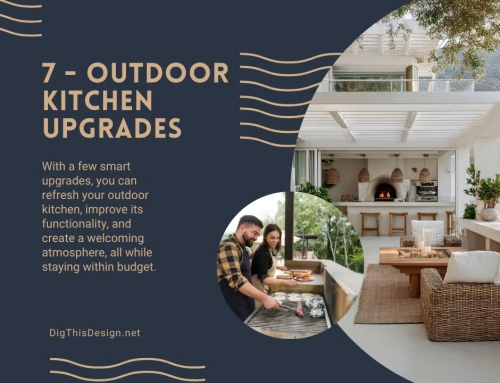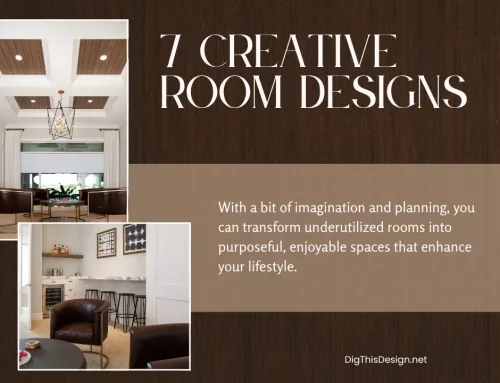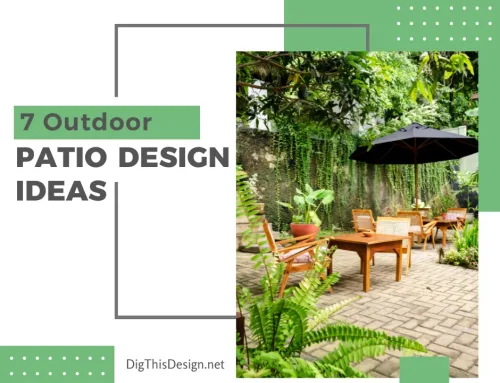Want to extend your growing season and grow things you can’t normally grow in your native climate? Greenhouses are the way to go. But you don’t need to spend time hassling over the numerous installation methods. Here, we explain the elements you must include in your greenhouse installation to ensure it produces.
The Basics of a Greenhouse Installation
Constructing your greenhouse requires you to maybe install cold storage panels, and a drip irrigation system and ensure your foundation is rock solid. Continue reading to learn more about how you can create the greenhouse you’ve always wanted.
Location
Whether you live in a cold or warm climate, consider sunlight exposure. Your plants also need access to a reliable water source. Lastly, you need to protect your plants from wind damage. When it comes to greenhouses, the temperature is important. But protecting your plants from the elements is more important.
Greenhouse Structure
You can choose from several greenhouse structures and your choice should depend on the plants you want to grow. The primary types of greenhouse materials are glass, plastic, and polycarbonate structures. Each of these materials carries its pros and cons so you need to thoroughly understand what each brings to the table.
Foundation
Sturdy foundations are a must when it comes to greenhouse construction. Greenhouse foundations must support the structure and maintain an equalized level. An equalized footing is paramount because an uneven foundation can cause the greenhouse to lean.
You can construct your greenhouse foundation from concrete or wood containing concrete footings.
Ventilation
When considering greenhouse construction, you need to account for temperature regulation and internal humidity levels. You can properly ventilate your greenhouse with either automatic or manual vents and fans and the ideal temperature is typically between 70-80 degrees Fahrenheit during the day and 60-70 degrees Fahrenheit at night.
Heating
You might need to install a heating system to ensure healthy plant growth, especially if you live in a colder winter climate. There will be several options available to you, including electric heaters, propane heaters, and solar heating systems. But the heating system you choose will ultimately depend on your budget, your greenhouse’s size and the plants you want to grow.
Lighting
Plants can’t grow without light and some need more light than others. When considering your greenhouse, you should identify a location with plenty of sunlight and avoid artificial lighting as much as possible.
Irrigation
Plants also can’t grow without water. Before you build your greenhouse, identify a dependable irrigation system that guarantees a steady stream of water to your plants. Drip irrigation is in vogue right now due to its steady water administration system. This slow delivery method provides a steady stream of water to the plant’s roots to ensure they receive the water they need.
Shelving or Benching
Shelving or benching maximizes the space inside your greenhouse and provides the space you need to grow your desired plants. You can utilize free-standing shelving, custom-built benches, and rolling benches. You can even attach your benches to the walls.
The Bottom Line
Your greenhouse construction requires careful deliberation and planning. When you incorporate the previous elements into your greenhouse setup, you ensure your greenhouse environment produces the plants you dreamed about. You also guarantee a successful growing season and eliminate risking your yield to the elements. Conduct your research. Construct a greenhouse with a solid foundation. Implement state-of-the-art irrigation methods. And watch your yield take off.
Other posts you might enjoy:
8 Essential Features of Commercial Greenhouses
How to Build a Commercial Greenhouse





